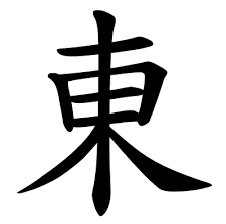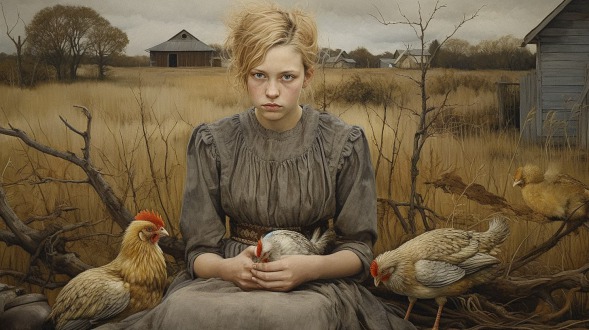An Explanation
The play is inspired by the ‘Magical Realist’ paintings of the American surrealist painter, Andrea Kowch. However, the play is neither a depiction nor a dramatisation of the chosen paintings. Rather I have taken, what I see as some of the essential qualities of the works and tried to give voice to that in dramatic form. However, the ‘world of the drama’ is definitely the world portrayed by Andrea Kowch in her paintings; visually, there should be a sense that the audience is watching the unfolding of one of Andrew Kowch’s paintings
The play is set out in a way that reflects much of my thinking as I wrote the piece originally with it’s fractured time line. My process as a writer often involves me following the threads contained in the underlying themes of the piece.
However, in the rewrite of the play I began to realise that it would be possible to alter the order of the six vignettes to better reflect the concerns of any director and their casts.
In performance therefore, both the order and the number of vignettes chosen for performance is a legitimate choice to make for the creatives involved - in much the same way as Alice Birch gives her casts the same choice in [BLANK]
So the original order in which the six vignettes came to life is as follows:
- And Outside A Great Wind Began To Blow
- Searching For Truth Amongst The Vegetables
- Night Call To A Runaway
- A Knock At The Door
- Big Wheel Keeps On Turning
- The Table Groans
And for those who prefer the time line to have a more straightforward chronology , the order of the vignettes would be as follows:
- Searching For Truth Amongst The Vegetables
- Night Call To A Runaway
- A Knock At The Door
- And Outside A Great Wind Began To Blow
- Big Wheel Keeps on Turning
- The Table Groans

